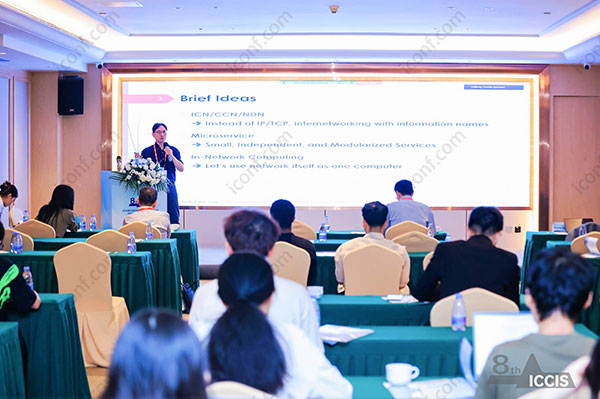

667 views||Release time: Jun 19, 2025
Academic conferences are more than just a place to share your research—they’re a stage for networking, collaboration, and building a professional reputation. What you wear plays a subtle but powerful role in how you're perceived by peers, mentors, and potential collaborators.
This guide outlines what to wear at academic conferences for both men and women, whether you're attending, presenting, or networking. Plus, learn how platforms like iconf.com help researchers prepare beyond the wardrobe.

While academia values ideas over appearance, your presentation matters in professional settings. Dressing well can:
Enhance your confidence when speaking or networking
Signal professionalism and respect for the event
Help establish credibility in a global, interdisciplinary audience
It’s not about wearing a suit to impress—it’s about aligning with the tone of the conference and showing you're serious about your field.
Here’s a practical breakdown for choosing what to wear at academic events:
Men: Collared shirt or polo, slacks or chinos, optional blazer
Women: Blouse, modest dress or skirt/pants, flats or low heels
Accessories: Conservative, professional (watch, belt, minimal jewelry)
Men: Full suit or blazer with tie, dress shoes
Women: Tailored dress, pantsuit, or blazer with blouse, professional shoes
Athletic wear, flip-flops, overly casual T-shirts, or clothes with offensive graphics
Overly flashy or distracting accessories
Wrinkled or unkempt clothing
Presenters should aim for the higher end of business casual or business formal. You’re on stage, and your appearance should reflect that.
Attendees can typically wear business casual, especially for regular sessions or workshops.
Virtual attendees (for hybrid conferences) should still dress professionally from the waist up—it makes a difference on camera.
Check the venue and culture: Conferences in Europe, Asia, or the U.S. may vary in dress expectations
Layer up: Air-conditioned halls can be cold—bring a blazer or cardigan
Comfort is key: You’ll likely walk, stand, and sit for hours. Choose shoes accordingly
Pack smartly: If traveling, pick versatile pieces that can mix and match over multiple days
Beyond attire, being fully prepared means knowing:
What topics will be covered
The structure and format of your presentation
The conference schedule and session types
Who’s attending and which sessions are worth networking in
Platforms like iconf.com help researchers by offering:
Curated, up-to-date academic conference listings
Details on submission guidelines, timelines, and formats
Conference focus and organizing body information
Knowing the context helps you dress and prepare appropriately.
Dressing appropriately for academic conferences isn’t about following rigid rules—it’s about showing respect, building presence, and boosting your professional image. Whether you're attending your first local symposium or presenting at a global conference, dressing smartly helps you show up at your best.
And remember—tools like iconf.com can make your journey smoother by helping you find the right academic events, so you can focus on what truly matters: your research and your future.